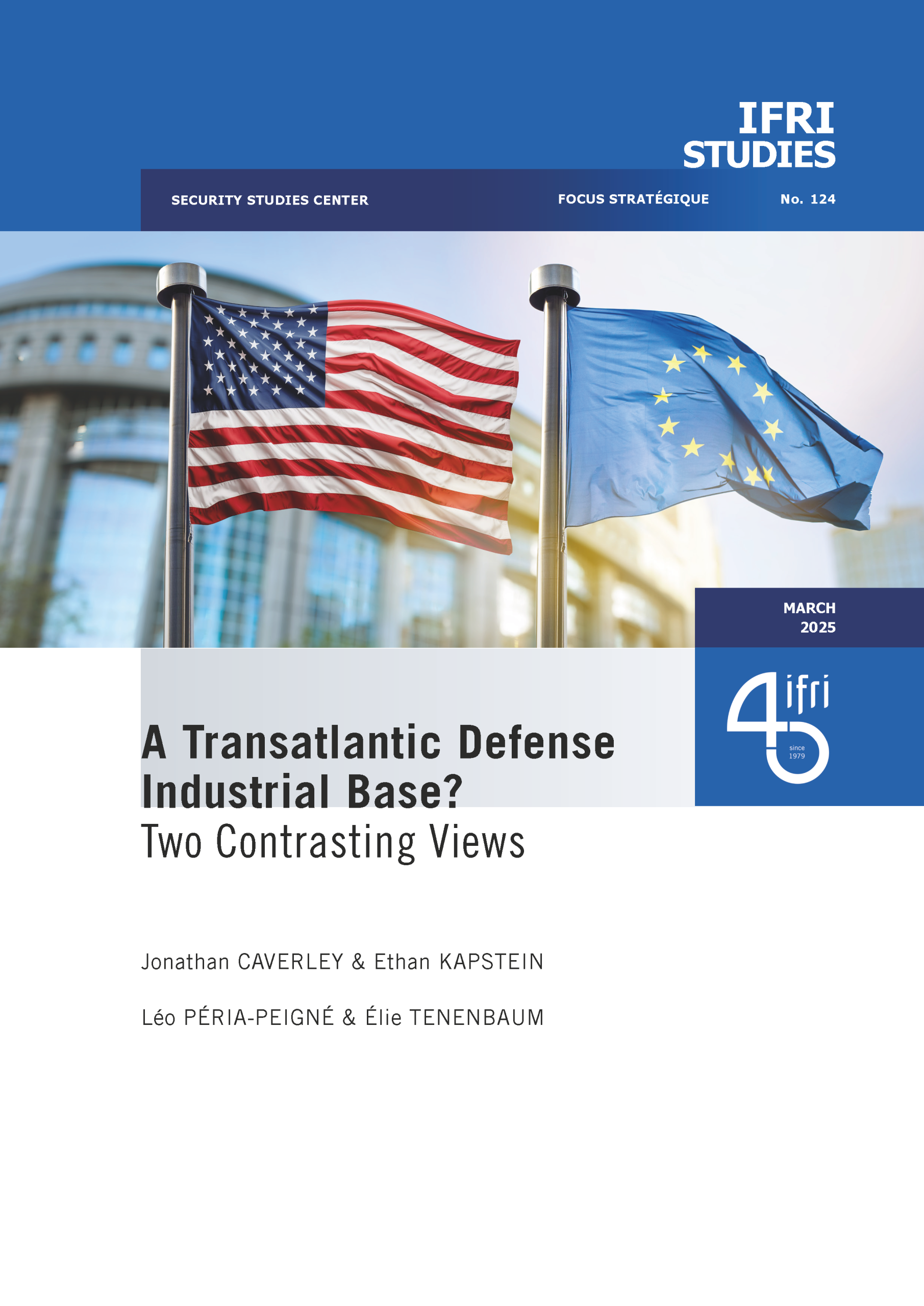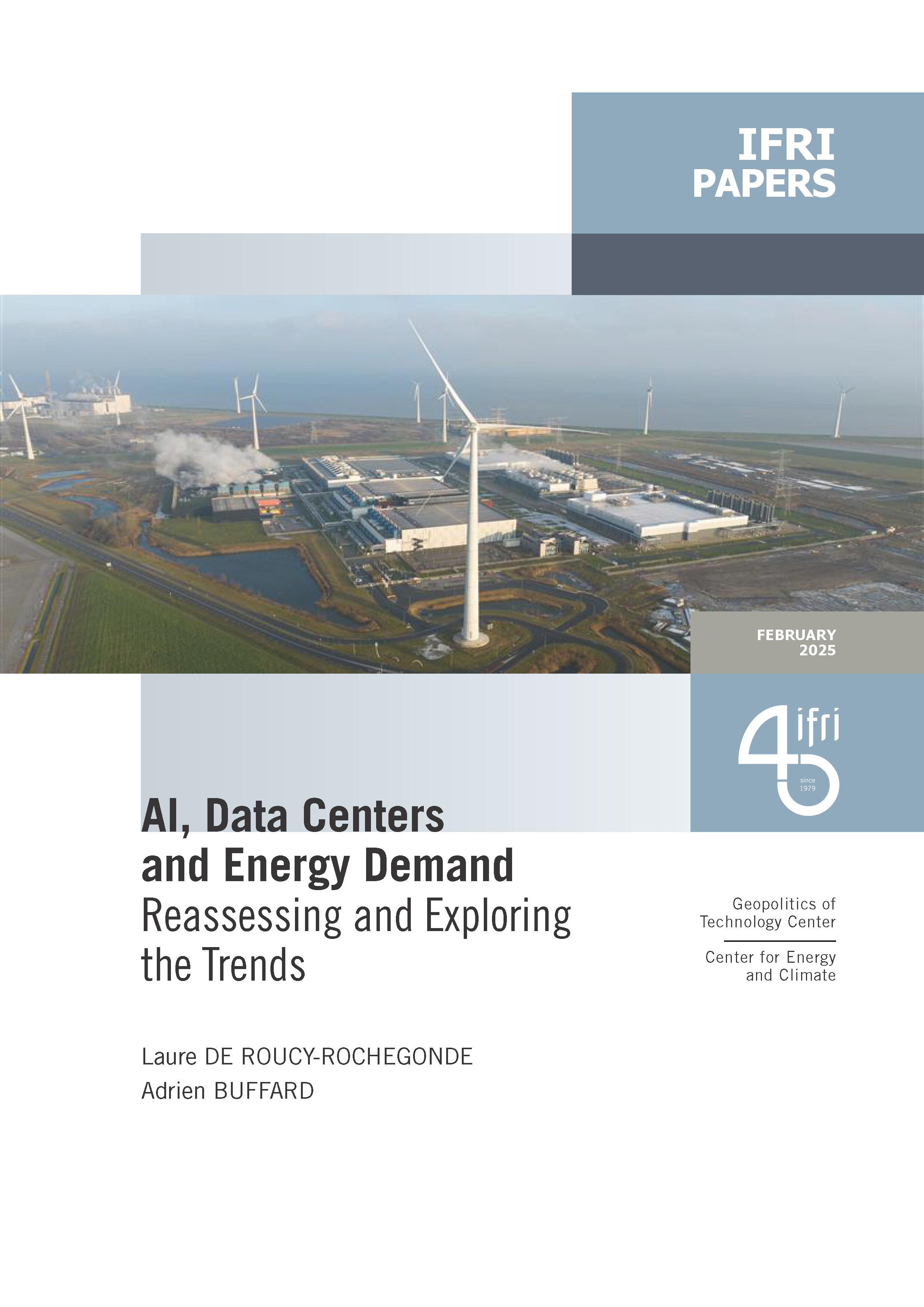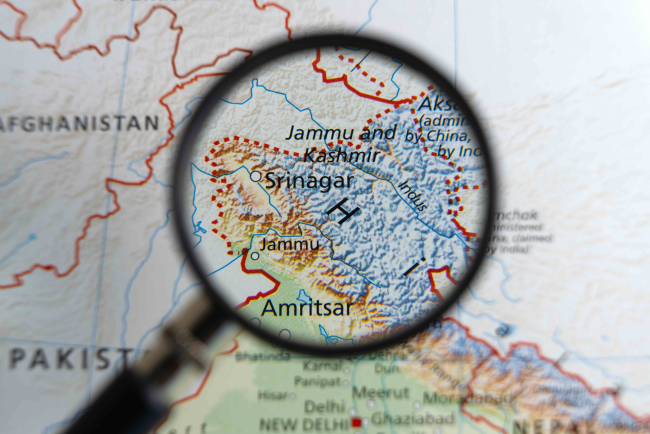75 millions de nouveaux pauvres en Inde: le modèle de développement indien à l’épreuve du COVID-19
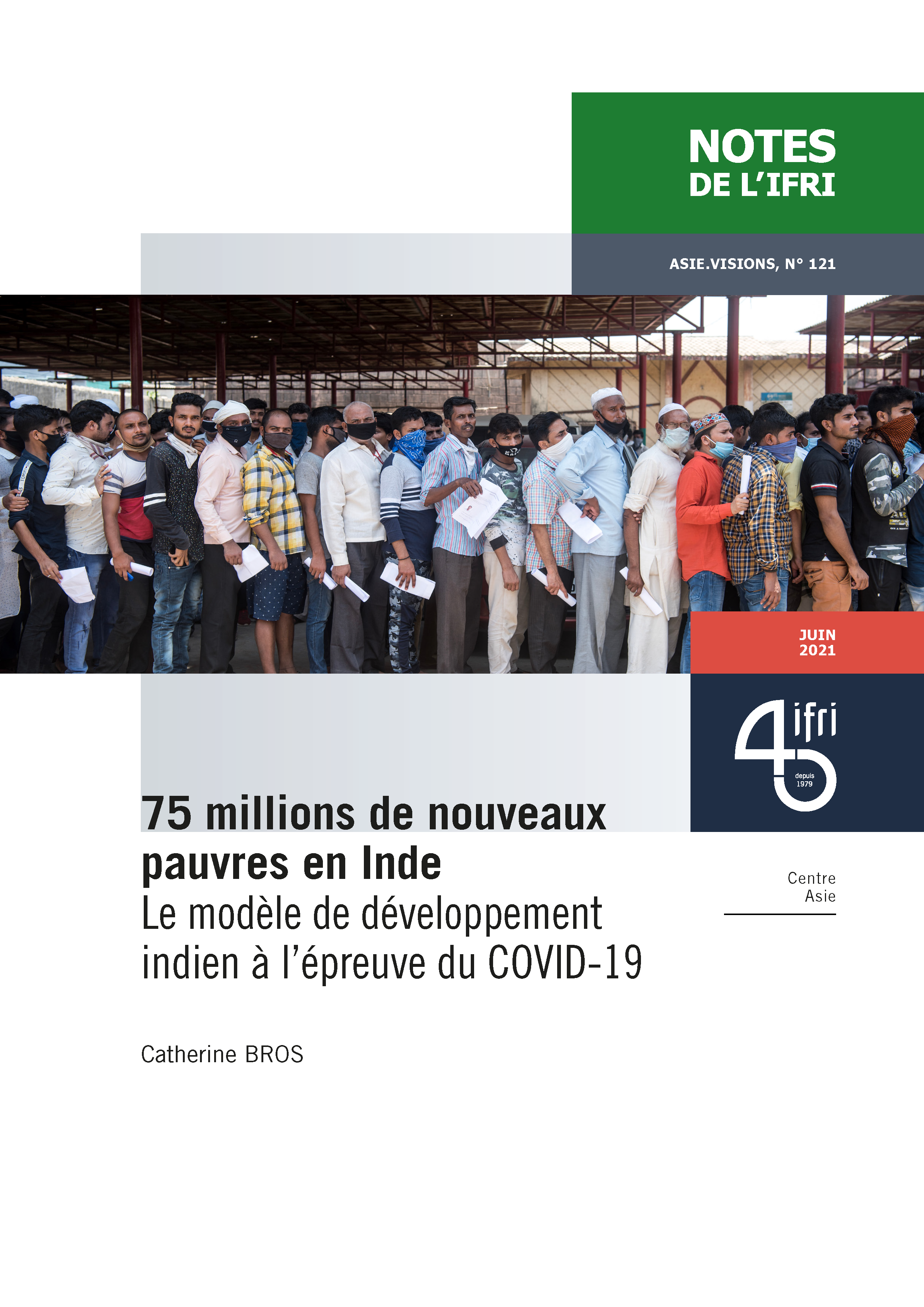
The pandemic has revealed the fragility of the Indian economy.

In March 2020, the Indian government implemented one of the most stringent lockdowns in the world in response to the global spread of the COVID-19. Economic activity was put on hold for more than two months, depriving of their livelihoods more than three fourths of the population that do not benefit from any form of social protection. We estimate that income losses due to the lockdown pushed 75 million individuals back into poverty which is a major setback given that the high and sustained growth of the last twenty years, 6% per annum on average, succeeded in reducing the number of poor by 248 million.
COVID-19 unveiled the fragility of the Indian economy, whose growth has been mainly driven by skill-intensive sectors that have not managed to absorb the large number of new entrants on the labor market, while manufacturing has remained under-developed for historical reasons. The inter-sectoral transfer of labor has been hampered by the constraints on the industrial sector whose size is abnormally small for such a large economy. Most of the population still lives on agriculture that only contributes to 16% of the value-added. Moreover, a large set of constraining regulations, particularly on labor, encouraged production units to remain small and, more often than not, family-based: more than half of the labor force is either self-employed or work in the family business while only 10% work as regular wage employees. The workforce is therefore greatly exposed to shocks and can hardly rely on safety nets.
In June 2020, Narendra Modi announced the release of an economic stimulus package that aims more at pursuing the Make in India industrial strategy set up in 2014 than cushioning the effects of the lockdown. The objective of the Atmanirbhar Bharat (Self-Reliant India) is to foster India’s integration into world commercial exchanges, while protecting its internal market, although future trends in global trade remain uncertain as some countries may be inclined to resort to protectionism as well. In any event, India’s short term growth prospects rely heavily on its internal demand that had already shown signs of weaknesses in 2019, leading to worse than anticipated growth rates. The increase in poverty due to the lockdown will weigh heavily on India’s capacity to restore strong sustainable growth.
The full text of this paper is only available in French: 75 millions de nouveaux pauvres en Inde : le modèle de développement indien à l’épreuve du COVID-19
Related centers and programs
Discover our other research centers and programsFind out more
Discover all our analyses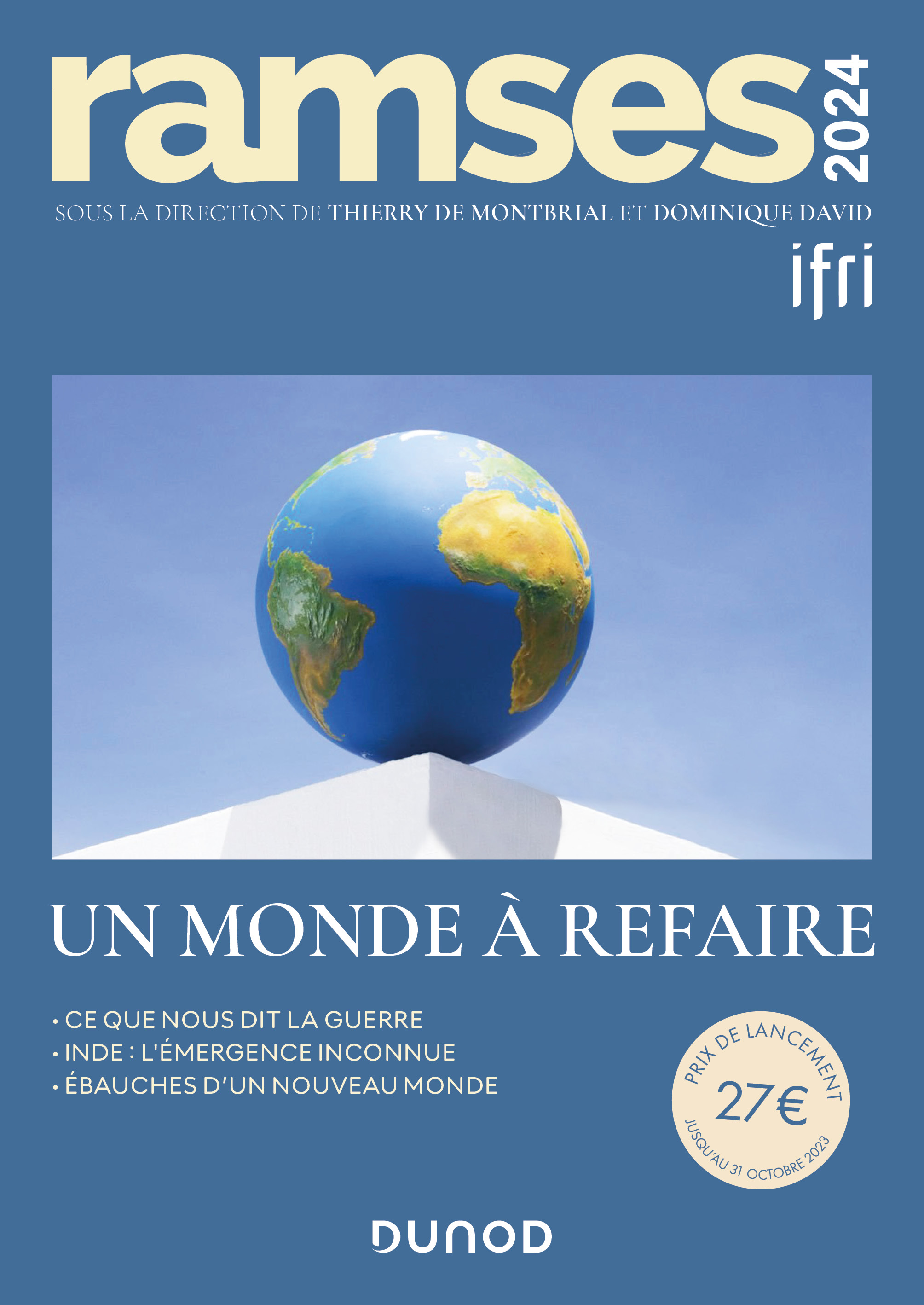
RAMSES 2024. A World to Be Remade
For its 42nd edition, RAMSES 2024 identifies three major challenges for 2024.
France and the Philippines should anchor their maritime partnership
With shared interests in promoting international law and sustainable development, France and the Philippines should strengthen their maritime cooperation in the Indo-Pacific. Through bilateral agreements, expanded joint exercises and the exchange of best practices, both nations can enhance maritime domain awareness, counter security threats and develop blue economy initiatives. This deeper collaboration would reinforce stability and environmental stewardship across the region.

The China-led AIIB, a geopolitical tool?
The establishment of the Asian Infrastructure Investment Bank (AIIB) in 2016, on a Chinese initiative, constituted an attempt to bridge the gap in infrastructure financing in Asia. However, it was also perceived in the West as a potential vehicle for China’s geostrategic agendas, fueling the suspicion that the institution might compete rather than align with existing multilateral development banks (MDBs) and impose its own standards.
Jammu and Kashmir in the Aftermath of August 2019
The abrogation of Article 370, which granted special status to the state of Jammu and Kashmir (J&K), has been on the agenda of the Bharatiya Janata Party (BJP) for many decades.


